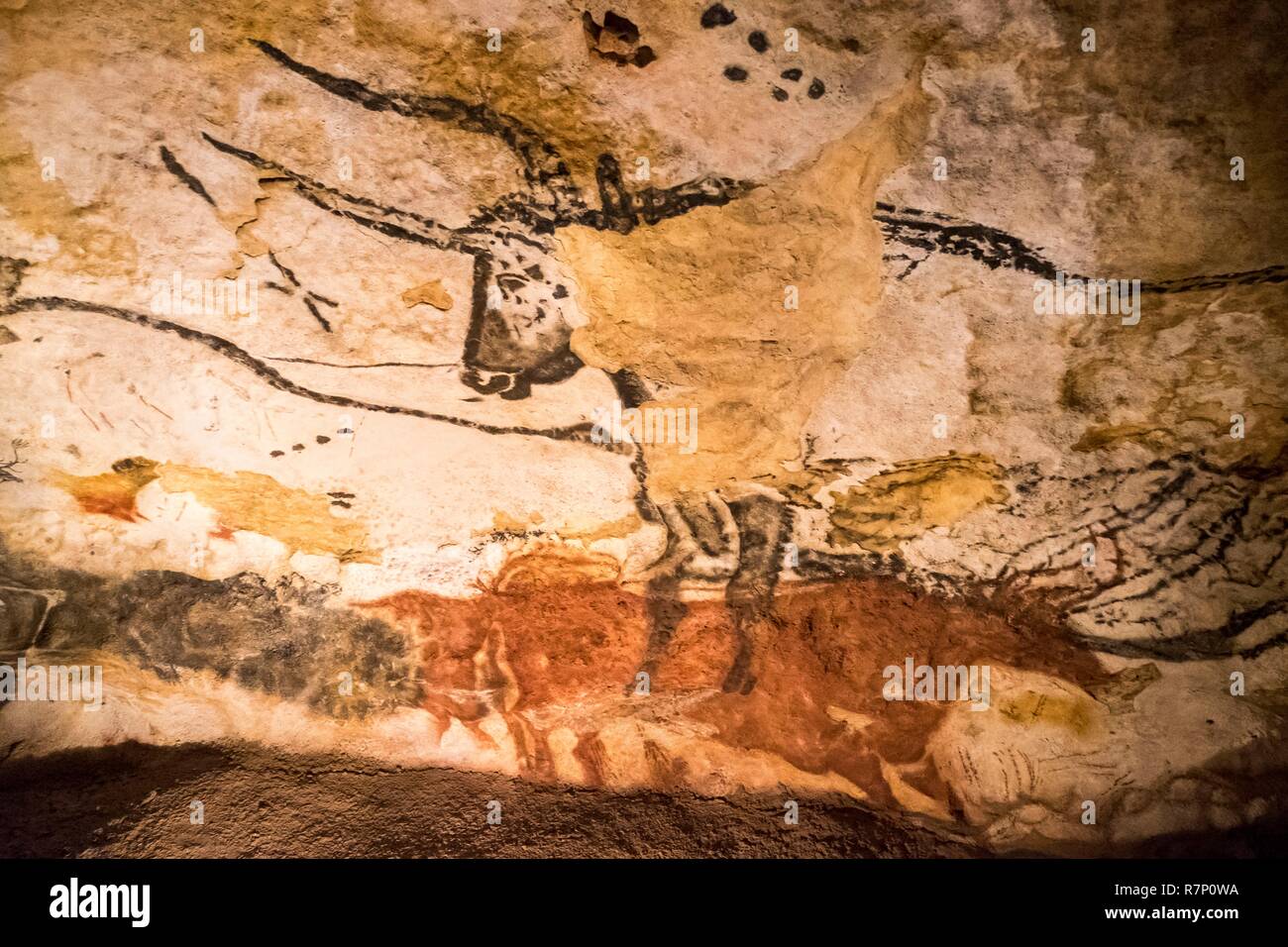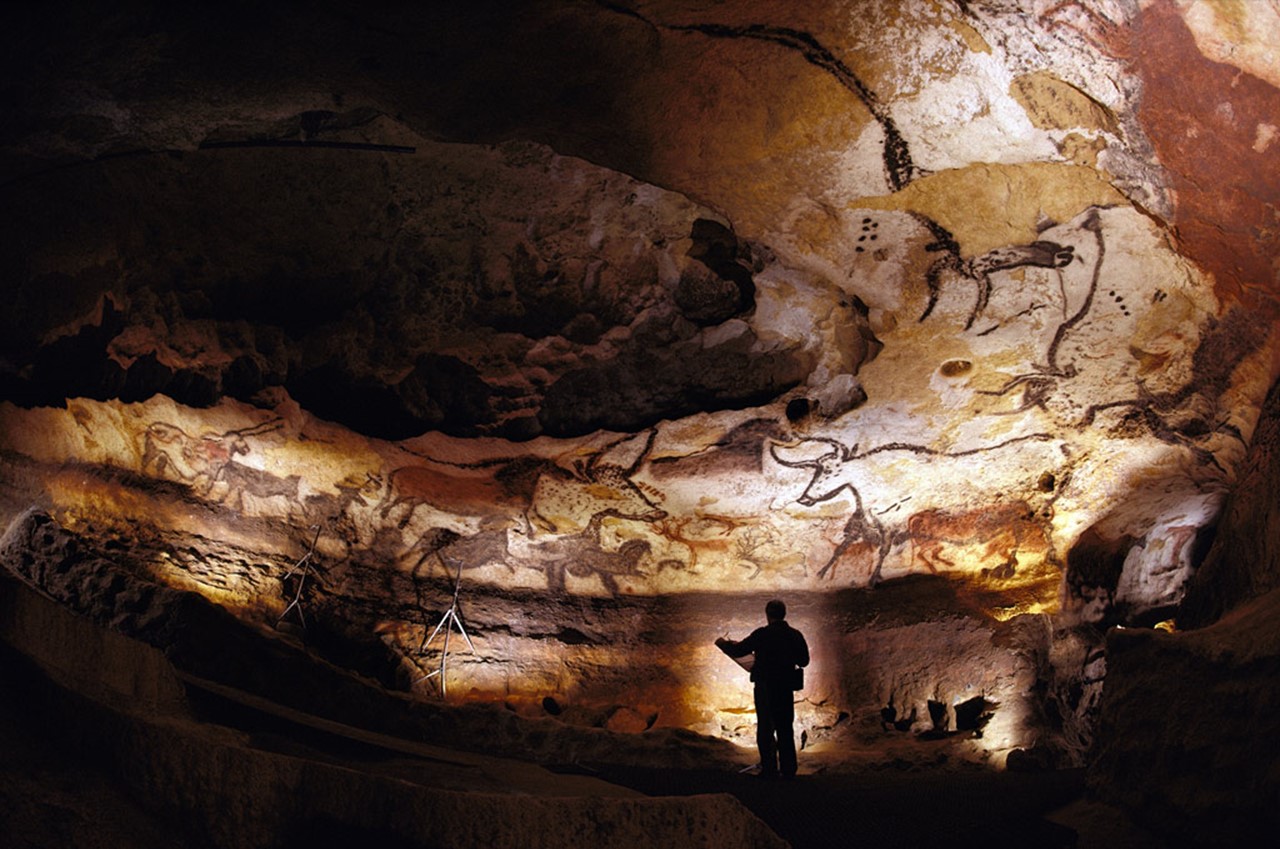
The cave itself has been closed to visitors since 1963 due to the visible decay of the paintings caused by carbon dioxide, humidity and other factors that come hand in hand with thousands of visitors per day. Your guide will take you to Lascaux IV, a complete replica of the caves which contain works dating back 20,000 years. You’ll have time to have lunch in the village before continuing on to Lascaux, arguably the most revered cave art site in the world. Here your private driver-guide will give you a tour and introduction to this period of history as well pointing out some remarkable relics and vestiges of what life was like during this time. Once you’ve seen Rouffignac you’ll return to your private vehicle and drive on to the small town of Les Eyzies which is home to France’s National Museum of Prehistory. The cave is completely dark, with the Great Ceiling illuminated by a single torch beam to limit any damage. Little prepares you for the Great Ceiling, however: a vast collection of engravings of horses, bison, ibex and mammoths brought to life by expert commentary.

Along the way you’ll pass various works of art with the Rouffignac guide providing a commentary as you go. Rouffignac’s most impressive works are on the Great Ceiling so far back in the cave that visitors board a small train to view them. The cave art at Rouffignac dates back over 10,000 years, its woolly mammoths, ibex and bison expertly rendered in charcoal or gouged into the soft limestone walls. To finalize your stay, you could take the opportunity to visit the numerous castles of Corrèze and Périgord Noir.Your private guide will pick you up from your hotel on the morning of your tour and take you to Rouffignac, the first of three sites to be visited in a region renowned for its expansive collection of prehistoric art. So for an unforgettable vacation in Corrèze, don’t wait any longer and book your next stay in Limousin. Lascaux will have no more secrets for you! The site offers 8000 m2 of interactive visit based on many digital media: augmented reality, multidimensional screens …

It includes this time a complete replica of all the decorated parts of the cave. Finally, the international center of cave art Lascaux IV was born in 2016. This replica, itinerant, has made it possible to discover the famous cave abroad. Since 2012, Lascaux III also reproduces the parts of the original cave called the Nave and the Well. The facsimile Lascaux II allows you to discover a part of the cave identically: buried underground, this reconstruction concerns the room of the bull and the axial diverticulum, whose walls contained the greatest density of paintings and the most impressive works.īefore the visit, two airlocks trace the history of Lascaux and explain the prehistoric artistic techniques reproduced for the creation of the twin cave. Today, visitors to the famous cave have a set consisting of the first facsimile, an international exhibition and a center of cave art: Lascaux II, Lascaux III and Lascaux IV are located in Montignac, in the valley of the Vézère.

In 1970, work began on the construction of a facsimile: Lascaux II opened its doors in 1983. In 1963, the colonization of the paintings by green algae forced the closing of the cave to the public. Opened to the public in 1948, the cave suffers from overcrowding: from the following year appear the first signs of deterioration of the walls.Ī disturbing change in the air balance (carbon dioxide, humidity, temperature) was also noticed in 1955. Like the National Museum of Prehistory in Eyzies in the Périgord Noir, the Lascaux cave is one of the most important prehistoric sites in France. Nicknamed the Sistine Chapel of cave art, the Lascaux cave in Montignac in the Dordogne was discovered in 1940 by 4 teenagers from the region.


 0 kommentar(er)
0 kommentar(er)
